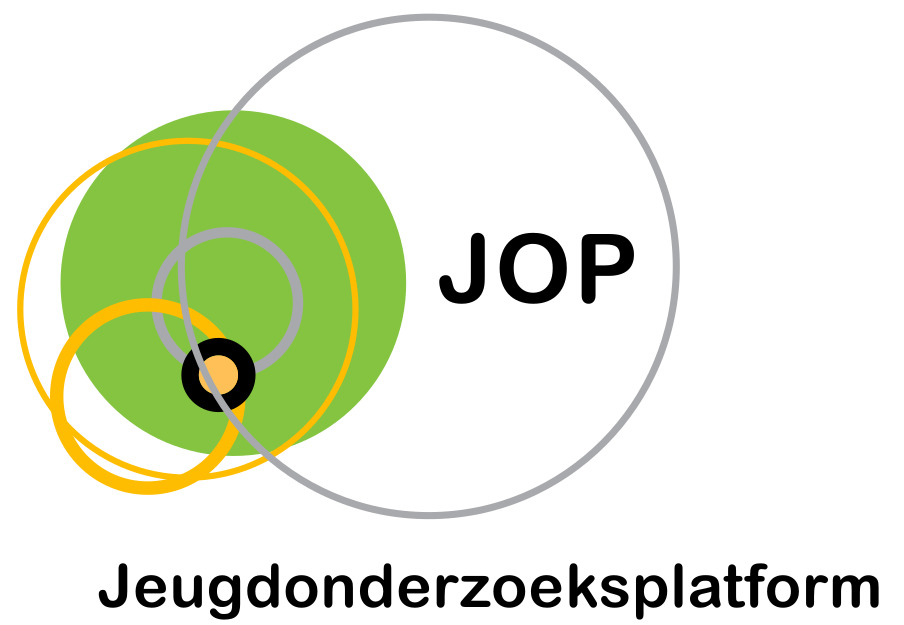Active public Facebook use and adolescents’ feelings of loneliness: Evidence for a curvilinear relationship.
Auteurs
Wang, K., Frison, E., Eggermont, S., & Vandenbosch, L. (2018).

Abstract
Inconsistente resultaten werden gevonden rond de relatie tussen sociale netwerk site gebruik en eenzaamheid. Deze twee-golven panel studie met een interval van een jaar onderzocht de wederkerige en curvelineaire relatie tussen actief, publiek gebruik van Facebook en de sociale en emotionele eenzaamheid bij adolescenten. Belgische adolescenten van vijftien middelbare scholen namen deel (N=1188, 55% jongens). De resultaten tonen een U-vormige relatie tussen (1) actief gebruik van Facebook en sociale en emotionele eenzaamheid en (2) emotionele eenzaamheid en actief gebruik van Facebook. Meer specifiek, actief gebruik van Facebook voorspelde lagere niveaus van sociale en emotionele eenzaamheid bij laag tot gemiddeld gebruik, terwijl bij zwaar gebruik, hogere niveaus van sociale en emotionele eenzaamheid werd voorspeld door actief gebruik van Facebook. Emotionele eenzaamheid voorspelde meer actief Facebook gebruik bij eenzame adolescenten. Bij jongeren die zich niet eenzaam voelden, voorspelde emotionele eenzaamheid minder actief gebruik van Facebook. Deze bevindingen wijzen op het belang om verschillende types van eenzaamheid, en wederkerige en curvelineaire relaties te beschouwen in verder onderzoek naar sociale media.
Inconsistent results have been reported concerning the relationships between SNS usage and loneliness. The current two-wave panel study with a one year interval examined the possibility of reciprocal and curvilinear relationships between active public Facebook use and adolescents’ social/emotional loneliness. Belgian adolescents from fifteen high schools participated (N = 1188, 55% male). The results showed a U-shaped relationship between (1) active Facebook use and social/emotional loneliness and (2) emotional loneliness and active Facebook use. Specifically, active Facebook use predicted decreased social/emotional loneliness among low to moderate users, while among heavy users, increased levels of social/emotional loneliness were predicted by active Facebook use. Emotional loneliness predicted higher active Facebook use among lonely adolescents. At the same time, emotional loneliness predicted decreased active Facebook use among adolescents who did not feel lonely. These findings stress to consider different types of loneliness, and reciprocal and curvilinear relationships in future social media research.
Referentie
Wang, K., Frison, E., Eggermont, S., & Vandenbosch, L. (2018). Active public Facebook use and adolescents’ feelings of loneliness: Evidence for a curvilinear relationship. Journal of Adolescence, 67, 35-44.
Taal
Engels
Publicatievorm
Tijdschriftartikel
ISBN – DOI
10.1016/j.adolescence.2018.05.008
Trefwoord(en)
Actief publiek Facebook gebruik, eenzaamheid, curvelineaire relaties, adolescenten, media effect, media selectie
